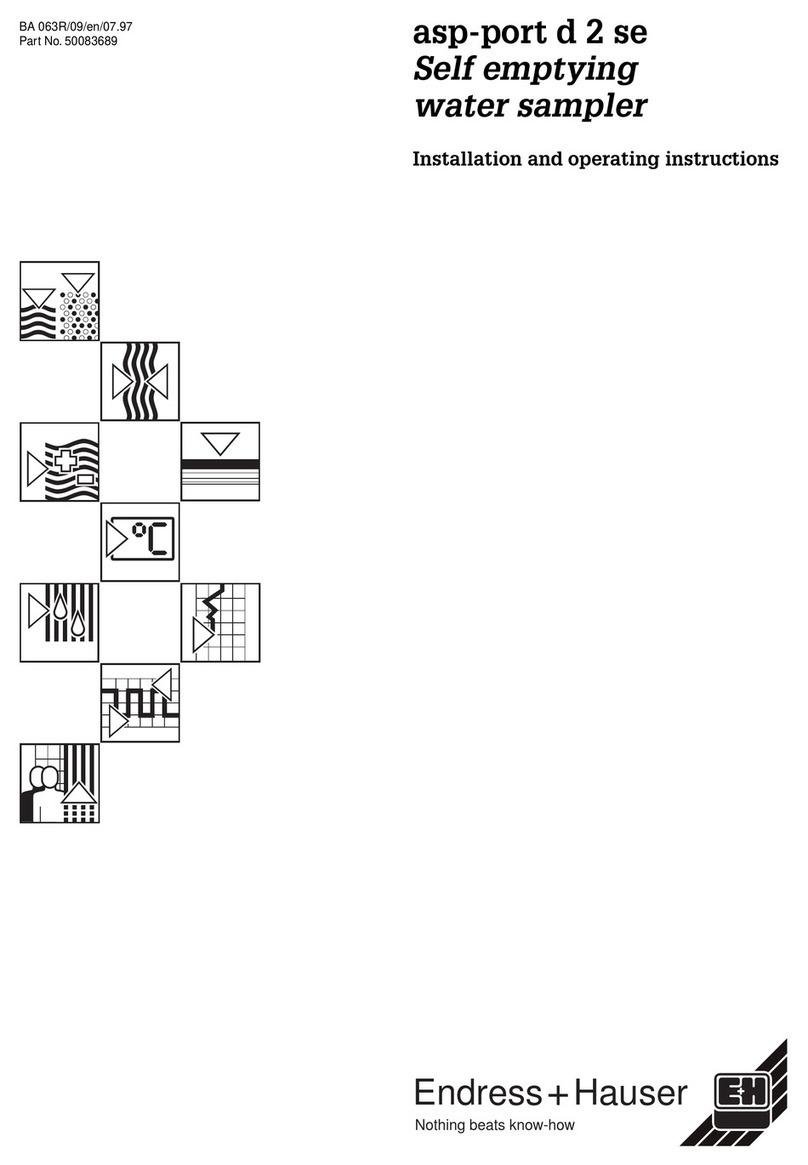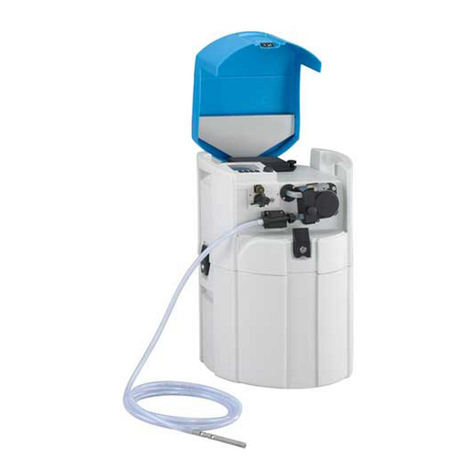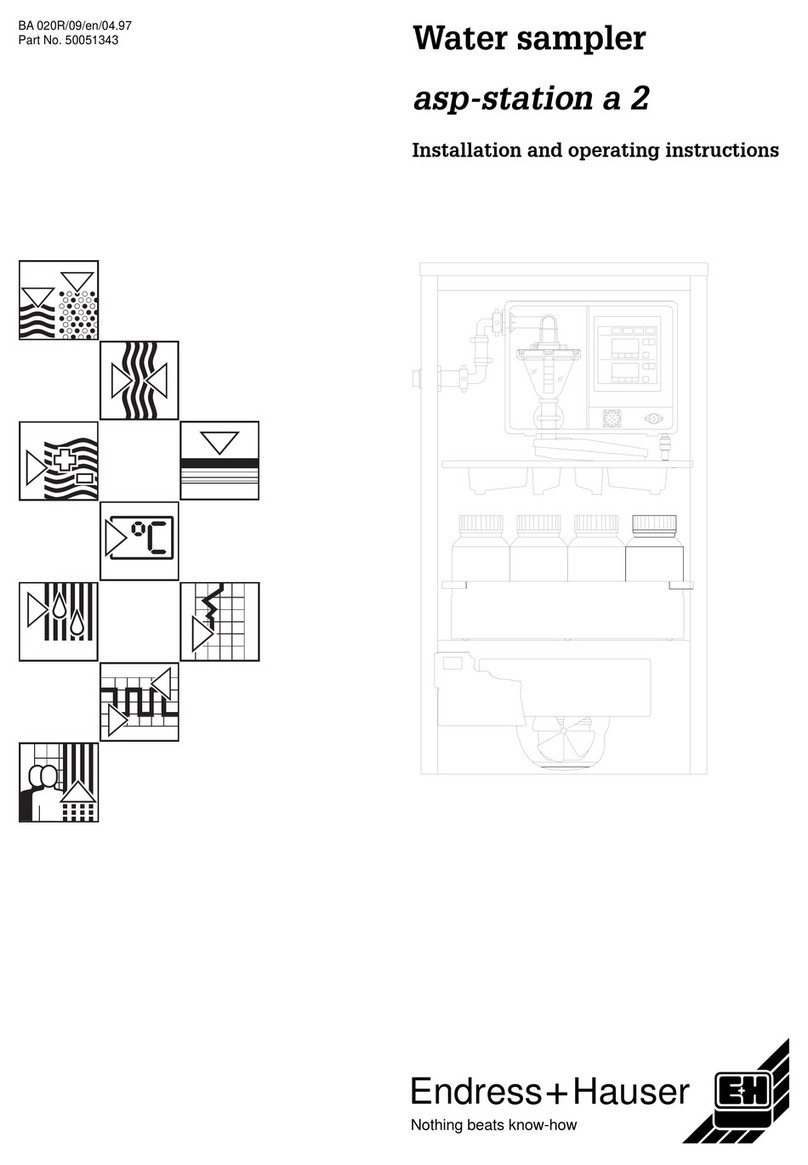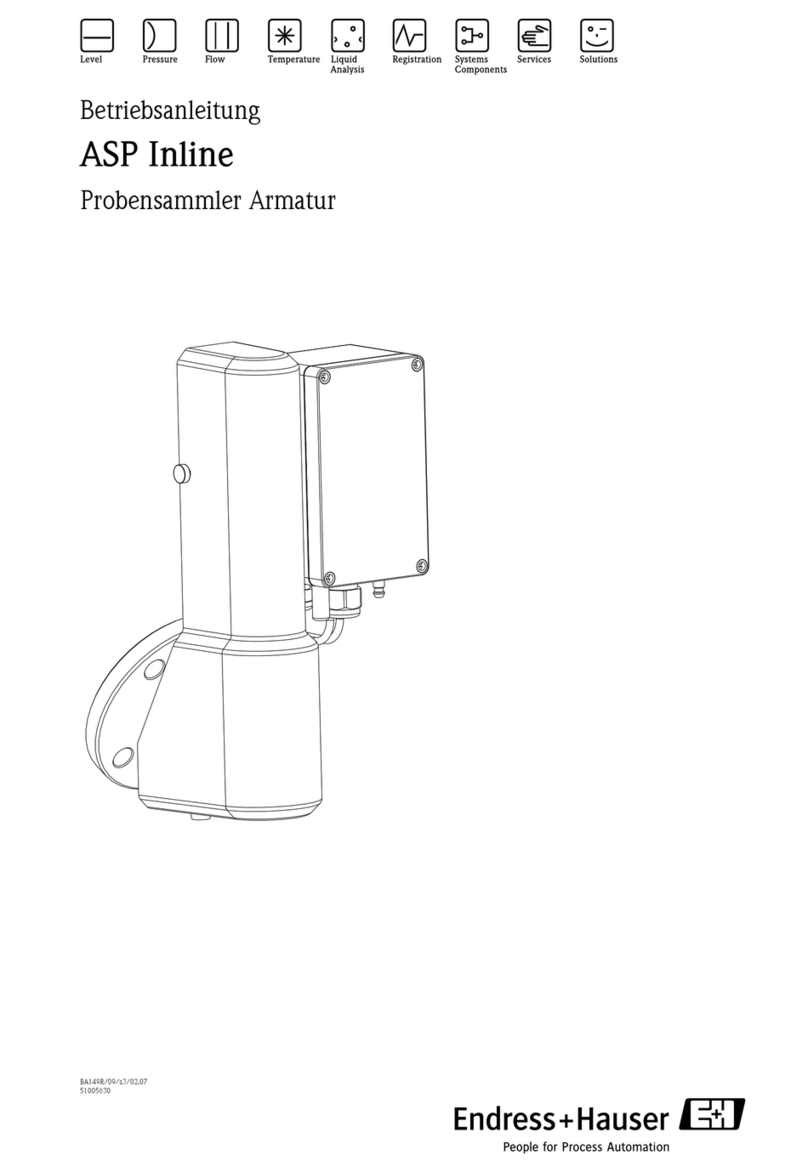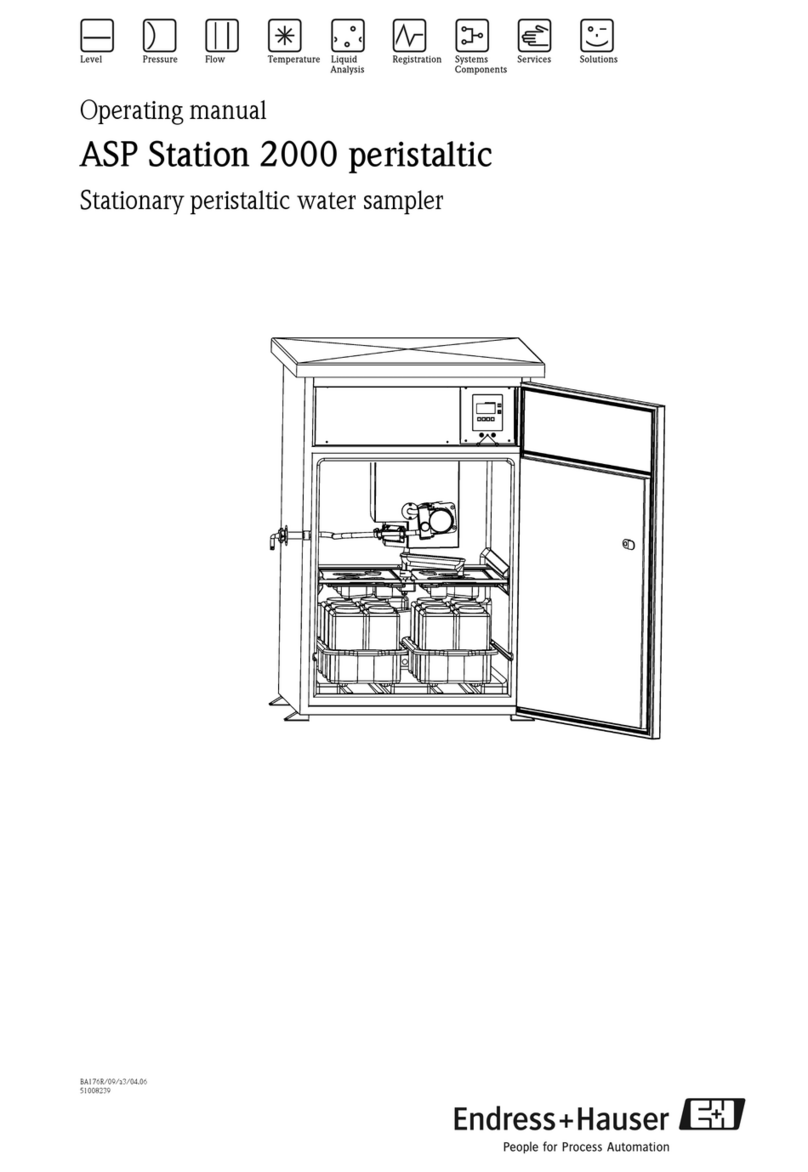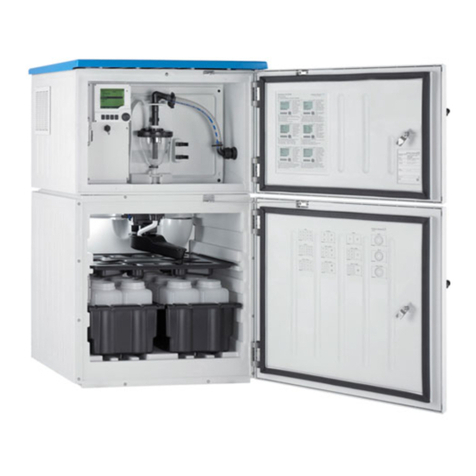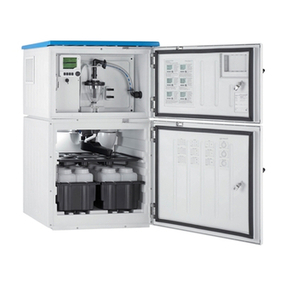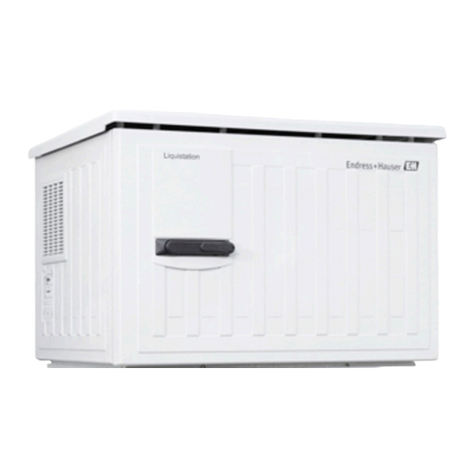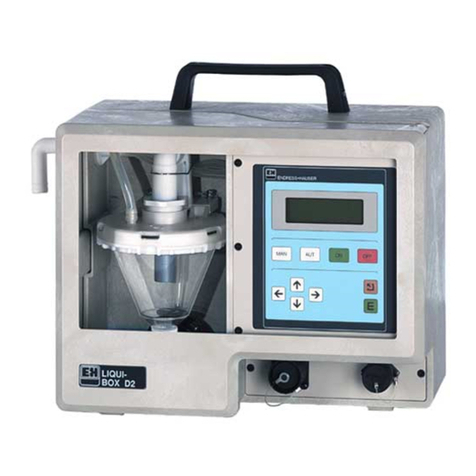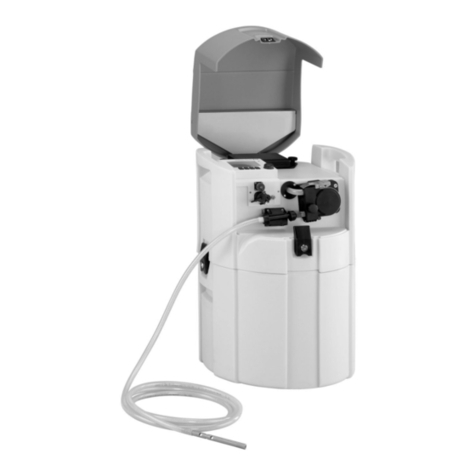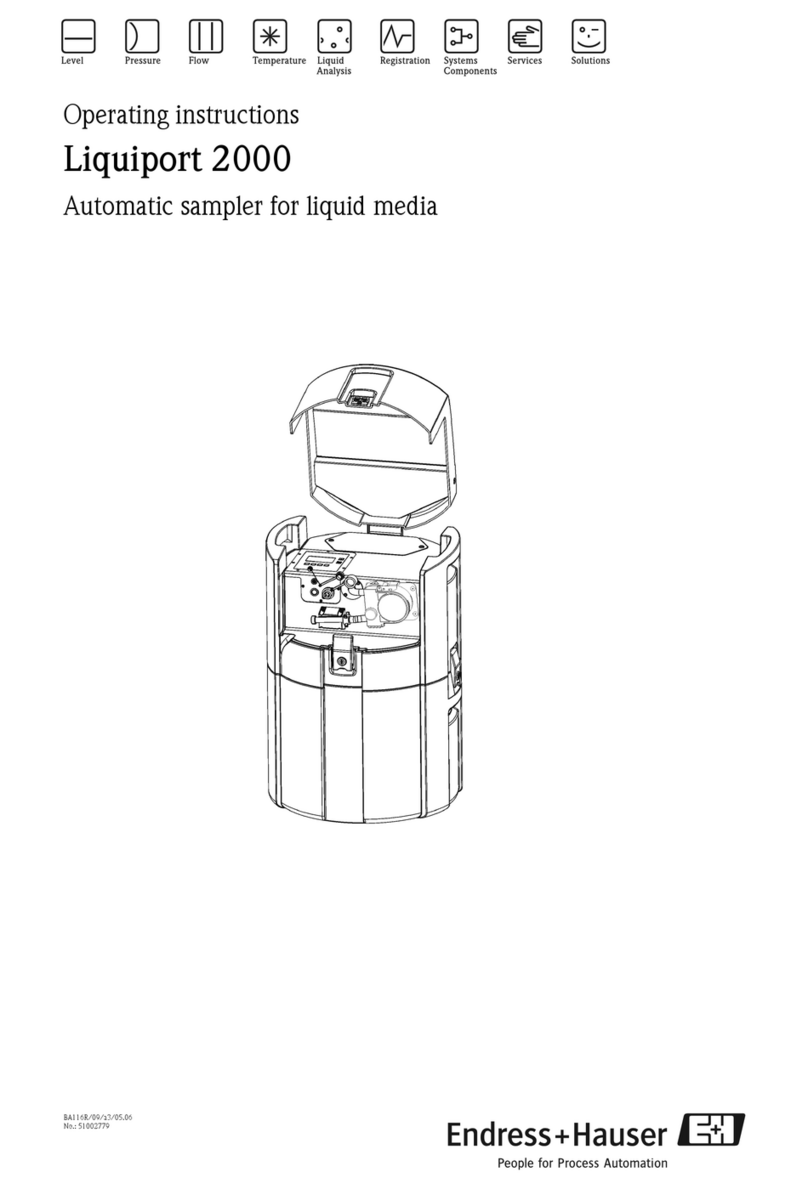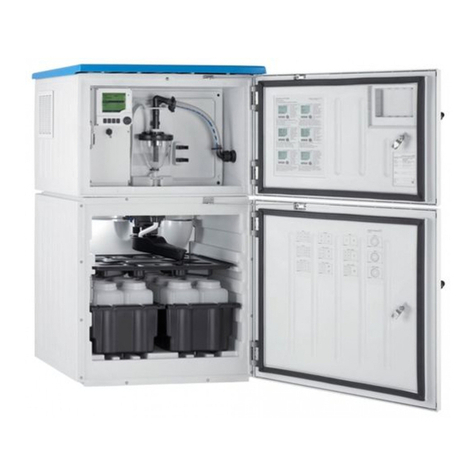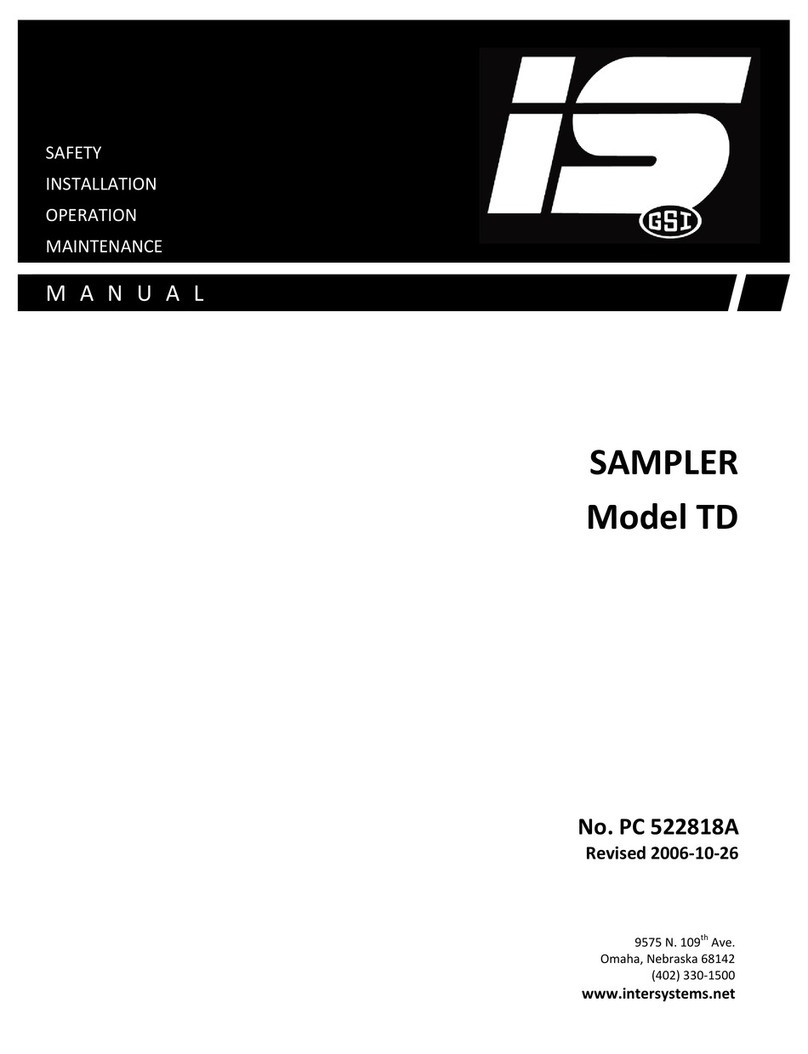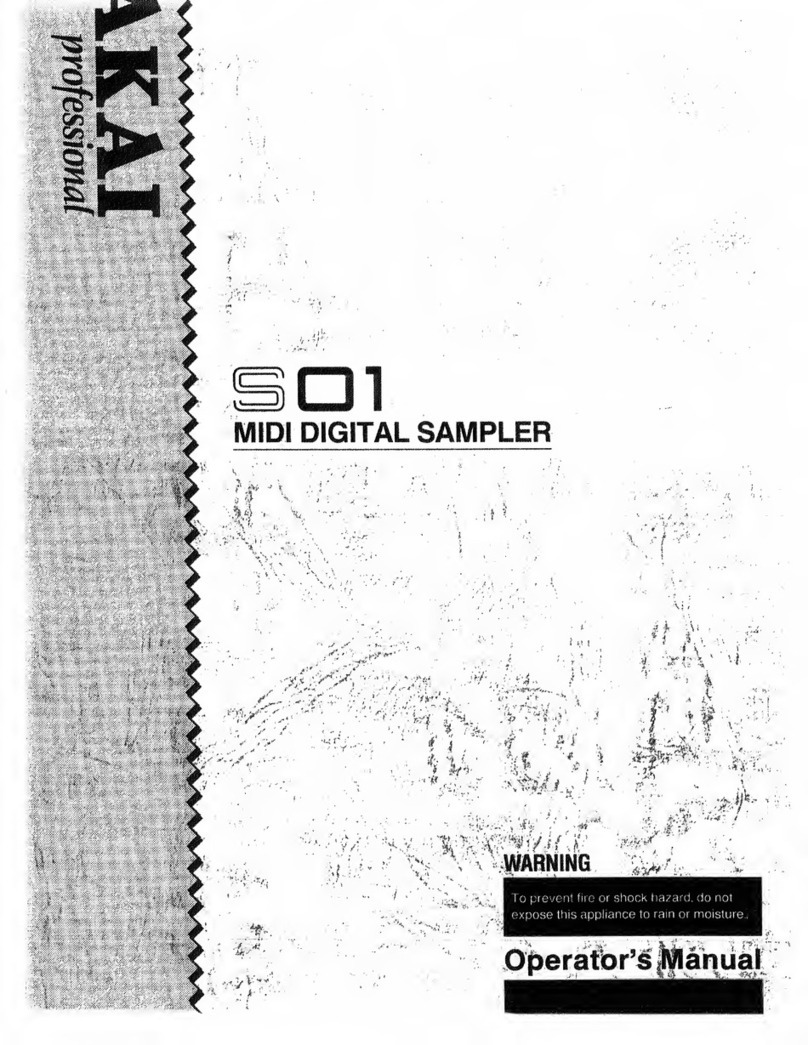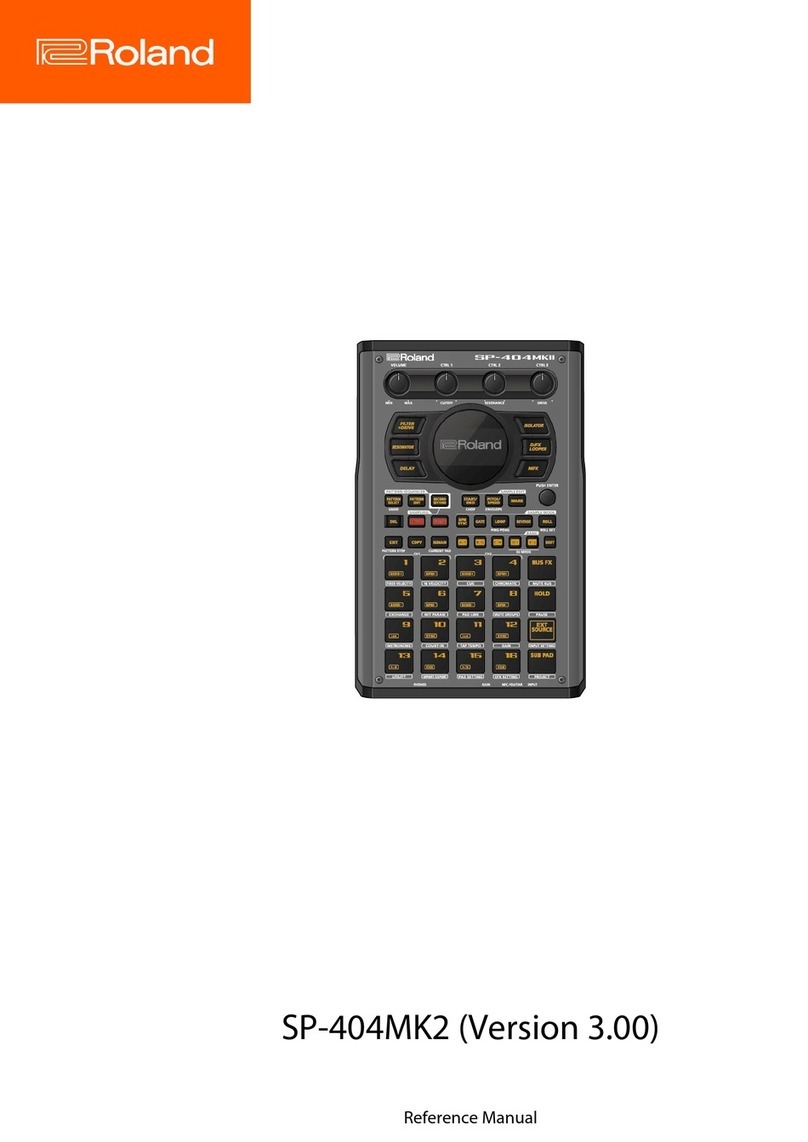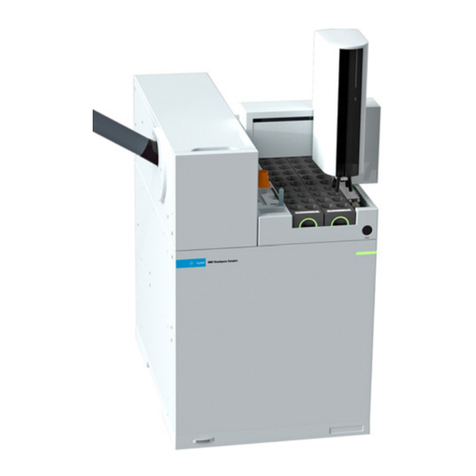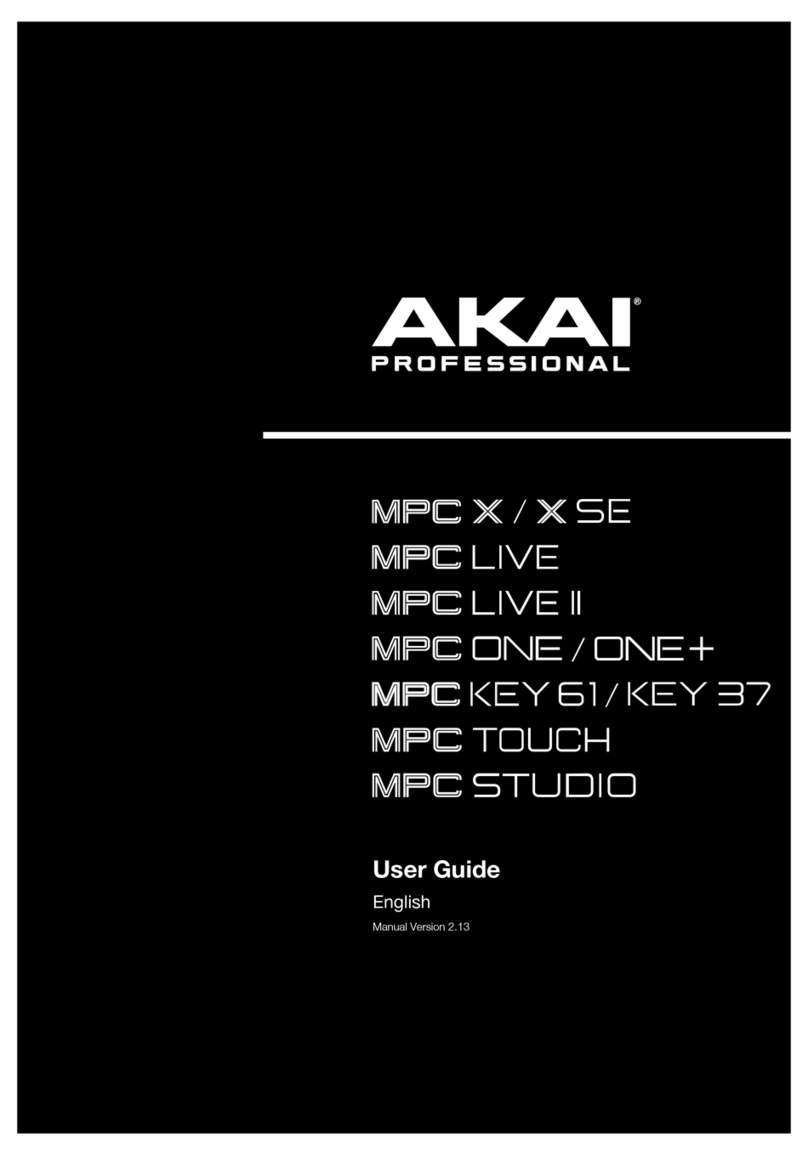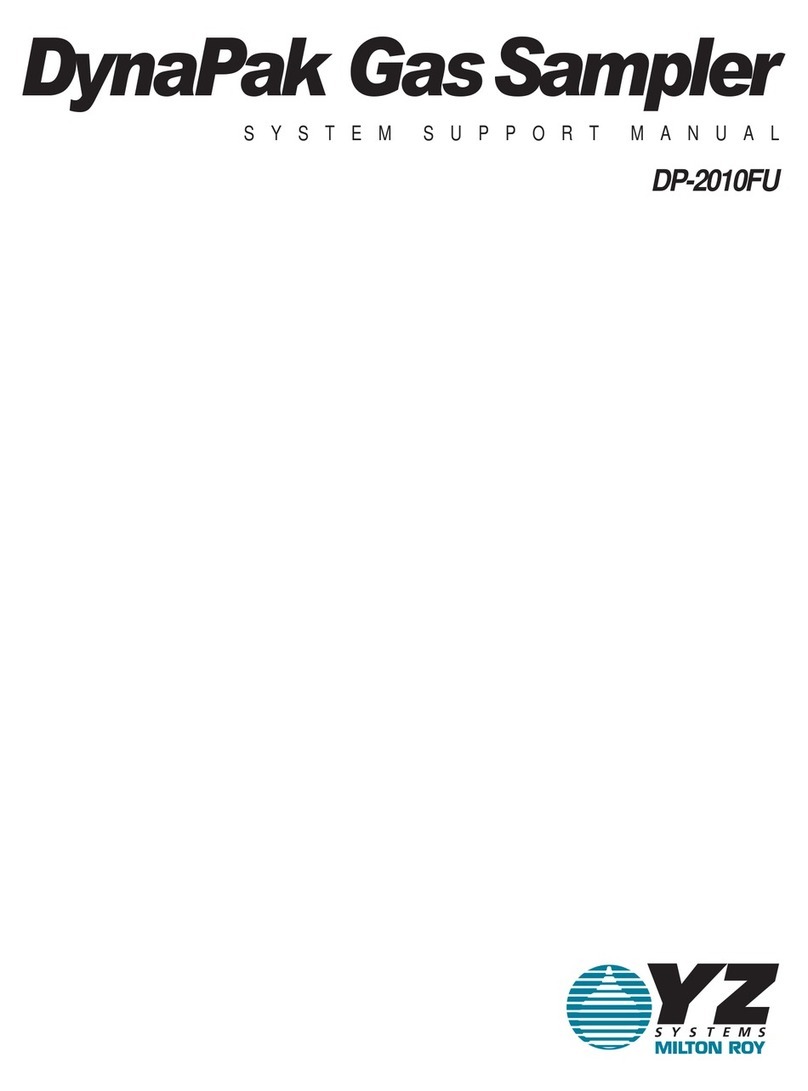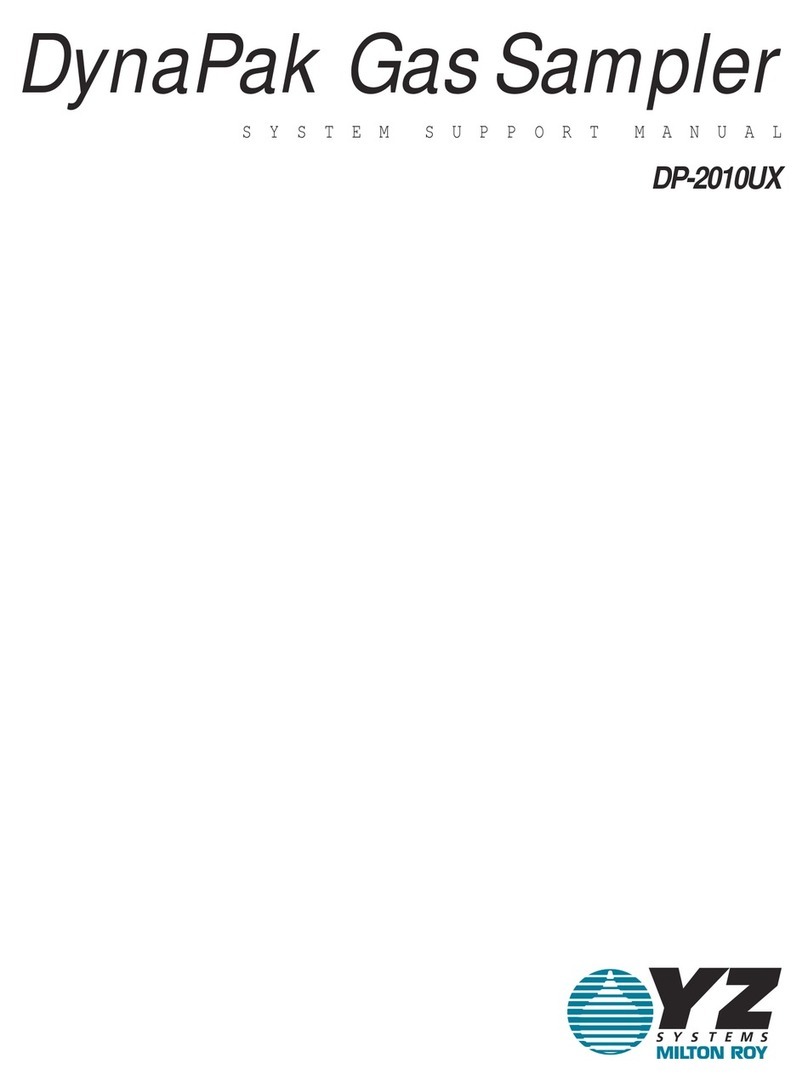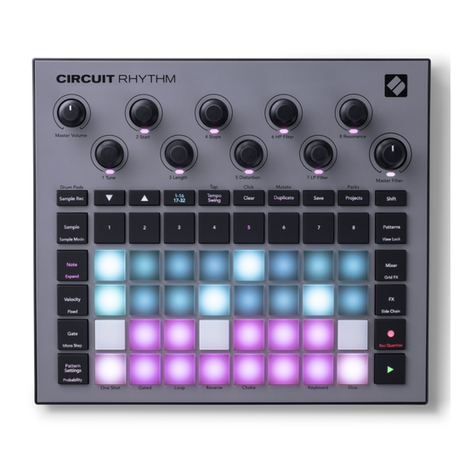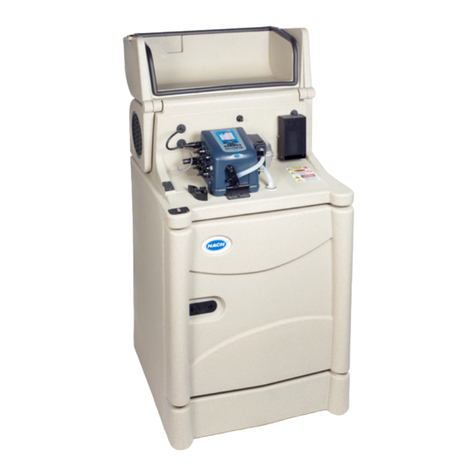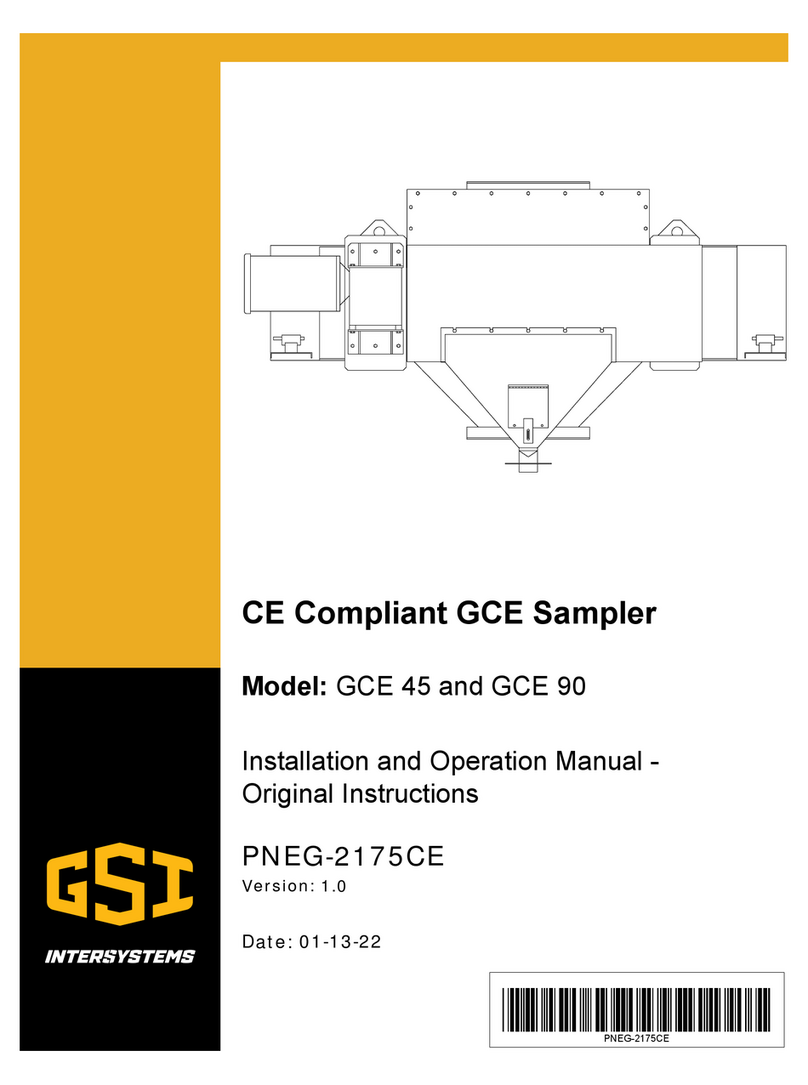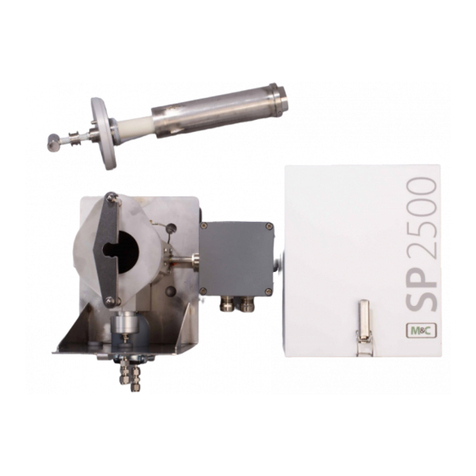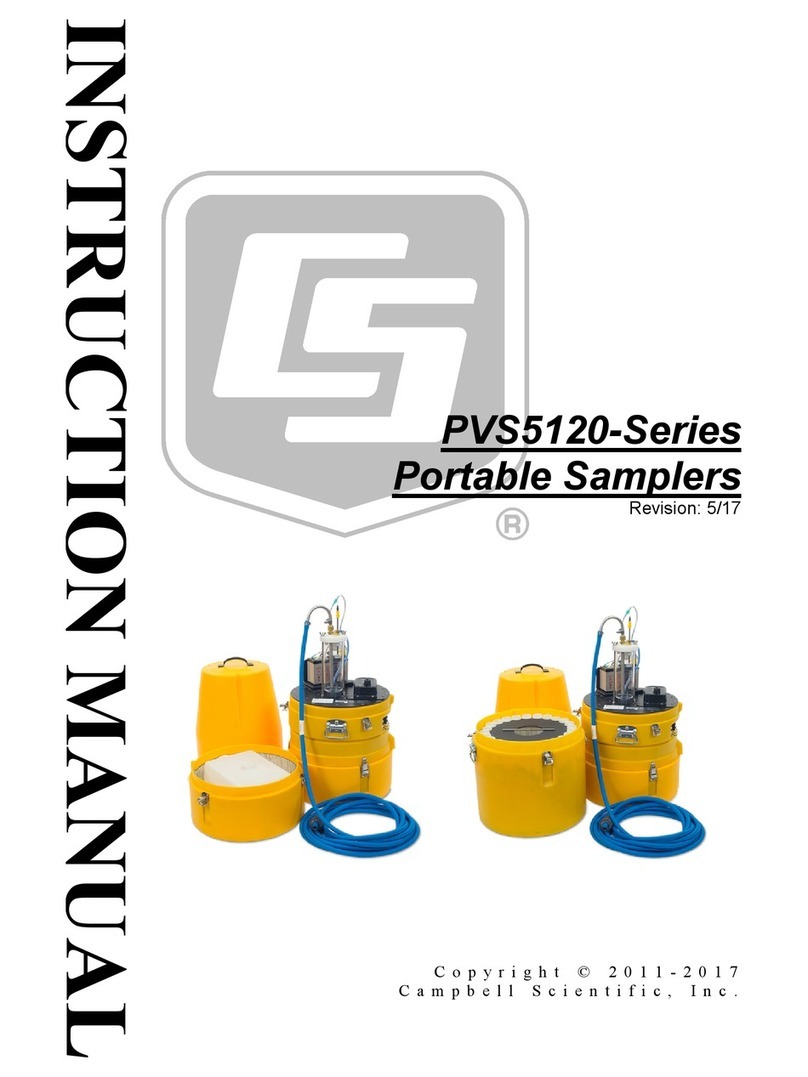
Endress+Hauser
Liquistation CSF48
Table of contents
1 Safety instructions . . . . . . . . . . 4
1.1 Designated use . . . . . . . . . . . . . . . . . . . . . . 4
1.2 Installation, commissioning and operation . 4
1.3 Operational safety . . . . . . . . . . . . . . . . . . . 4
1.4 Return . . . . . . . . . . . . . . . . . . . . . . . . . . . . 5
1.5 Notes on safety conventions and icons . . . . 5
2 Identification . . . . . . . . . . . . . . 6
2.1 Device designation . . . . . . . . . . . . . . . . . . . 6
2.2 Scope of delivery . . . . . . . . . . . . . . . . . . . . 6
2.3 Certificates and approvals . . . . . . . . . . . . . . 7
3 Device description . . . . . . . . . . 7
4 Installation . . . . . . . . . . . . . . . . 8
4.1 Incoming acceptance, transport, storage . . . 8
4.2 Installation conditions . . . . . . . . . . . . . . . . 9
4.3 Erecting the sampler . . . . . . . . . . . . . . . . 13
4.4 Sampling with a flow assembly . . . . . . . . . 16
4.5 Post-installation check . . . . . . . . . . . . . . . 17
5 Wiring . . . . . . . . . . . . . . . . . . 18
5.1 Quick wiring guide . . . . . . . . . . . . . . . . . 18
5.2 Terminal assignment for input/output signals
22
5.3 Optional sensor inputs, current outputs and
relays . . . . . . . . . . . . . . . . . . . . . . . . . . . . 23
5.4 Sampler controller . . . . . . . . . . . . . . . . . . 28
5.5 Post-connection check . . . . . . . . . . . . . . . 30
6 Operation . . . . . . . . . . . . . . . . 31
6.1 Display and operating elements . . . . . . . . 31
6.2 Operation concept . . . . . . . . . . . . . . . . . . 32
6.3 Configuration options . . . . . . . . . . . . . . . . 33
7 Commissioning. . . . . . . . . . . . 34
7.1 Function check . . . . . . . . . . . . . . . . . . . . 34
7.2 Switching on the unit . . . . . . . . . . . . . . . . 34
7.3 General settings . . . . . . . . . . . . . . . . . . . . 35
8 Technical data . . . . . . . . . . . . 46
8.1 Input . . . . . . . . . . . . . . . . . . . . . . . . . . . . 46
8.2 Temperature inputs . . . . . . . . . . . . . . . . . 46
8.3 Binary input, passive . . . . . . . . . . . . . . . . . 46
8.4 Analog input, passive/active . . . . . . . . . . . 46
8.5 Output . . . . . . . . . . . . . . . . . . . . . . . . . . . 47
8.6 Current output, active . . . . . . . . . . . . . . . 47
8.7 Relay outputs . . . . . . . . . . . . . . . . . . . . . . 48
8.8 Power supply . . . . . . . . . . . . . . . . . . . . . . 48
8.9 Performance characteristics . . . . . . . . . . . . 49
8.10 Environment . . . . . . . . . . . . . . . . . . . . . . 51
8.11 Process . . . . . . . . . . . . . . . . . . . . . . . . . . . 51
8.12 Mechanical construction . . . . . . . . . . . . . . 52
Index. . . . . . . . . . . . . . . . . . . . 54

